Deep sea mining can provide metals for the green transition
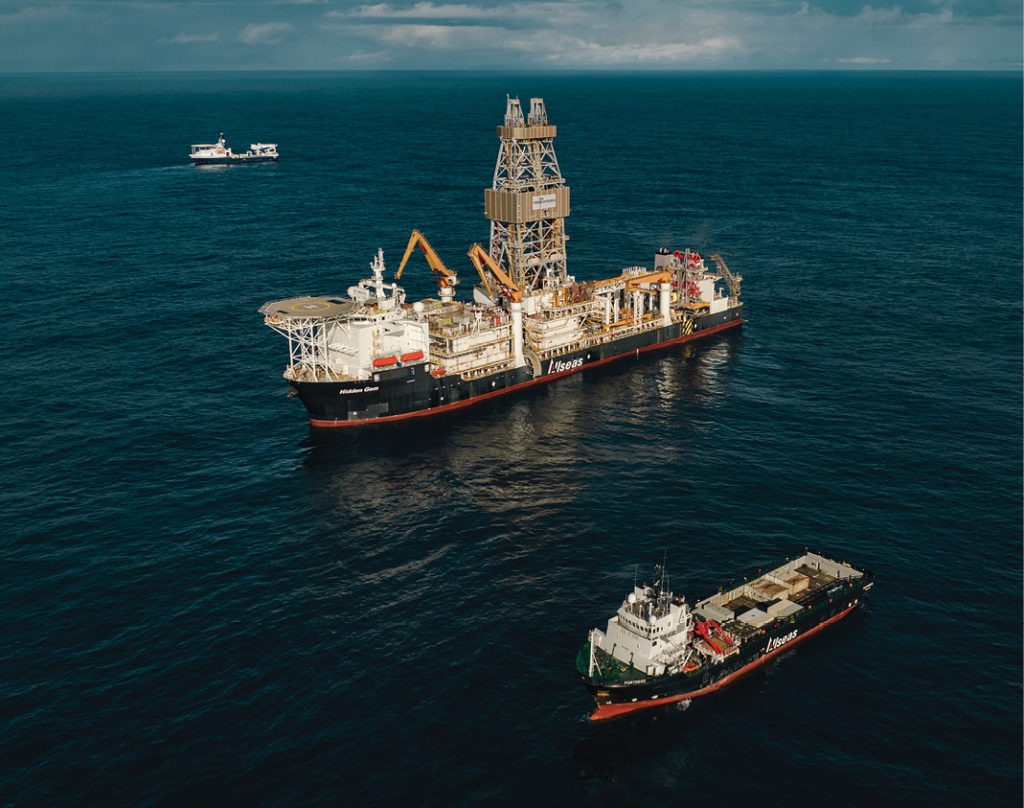
An Intervew with Craig Shesky, CFO of The Metals Company
CMJ: As a conversation starter, could you please talk to us briefly about the history of deep sea mining and The Metals Company (TMC)? Also, how did you join TMC?
CS: To tell the history of TMC, I will share a little history on deep sea mining. There is an area that is considered a main resource of polymetallic nodules that sit unattached on top of the seafloor and within the Clarion Clipperton Zone (CCZ) of the Pacific Ocean between Mexico and Hawaii. This area has been known to have nodules in high abundance for an exceedingly long time going back to the 1870s when the British discovered that.
It is an industry that almost got started in the 1970s, when many companies, like Lockheed Martin, BP, Shell, and U.S. Steel, were out in the CCZ, collecting thousands of tonnes of these nodules. These companies started pilot mining to show that they could do it, but given that these nodules are in international waters, unlike Norway’s resources that exist in their territorial waters, there had to be a regulator set up to deal with assets like this in international waters. So, the United Nations stepped in and told them that they do not have clean legal title to this asset. First, the countries of the world had to agree on the U.N. Convention on the Law of the Sea in 1982, and then from that establish the regulator, the International Seabed Authority (ISA), which was established in 1994.
DeepGreen, TMC’s predecessor, formed in 2011 and was the first private company to, alongside a sponsoring nation of developing states, have access to an exploration contract as granted by the ISA. The industry has come a long way, and TMC is now developing the world’s largest and second largest nickel projects. TMC has been around for 13 years, and we have spent more money and done more environmental research than any other company looking to pursue this resource.
I worked in the iron mines of Cleveland-Cliffs. I came to New York and worked for Morgan Stanley for two years, and then I spent 12 years at a $20 billion New York investment firm recommending investments in diversified miners across the commodity space. I heard about what DeepGreen, now TMC, back in 2019. I did about a year’s worth of diligence on deep sea mining and a bit of research on the regulatory process, which gave me confidence to first invest in the company in 2020, and then I joined full-time in 2021 taking on the role of CFO.
CMJ: Why do we need deep sea mining? And what are the difficulties it is facing?

CS: We need these metals because they are the critical driving force behind the clean energy transition. If we were going to fight climate change, and if we were going to slow the progress of global warming, one of the ways to do that is through renewable energy sources, many of which would have to be tied to energy storage systems and electric vehicles which require batteries. And what do batteries require? They require a lot of metals. In fact, the International Energy Agency estimates that to hit the Paris Agreement climate goals of 2050, we need to have four to five times more per year by 2040 of some base metals like nickel and cobalt.
It takes an average of 15 to 16 years to discover and then open a new nickel mine. However, the need for new, scalable sources of metals is immediate and urgent. A lot of people might say, do we need deep sea mining? Why not recycle? Why not do better on land-based mining? We would answer, of course, we need to do all those things. We need to do them urgently. And we needed to start yesterday, because this is not a climate change situation that is going to be solved through wishful thinking, and we have a known amount of these metals that need to be utilized for the clean transition.
We cannot get there by recycling the current stocks when expected needs are multiples higher than current supply. There is a need for a major new virgin source of these metals, and that is what deep sea polymetallic nodules represent. We think the clean energy transition is very urgent, and it needs to be solved through a scientific approach, comparing the impacts of getting these metals across all known sources. We think that deep sea nodules stack up extremely well on that basis.
The ISA’s mandate is to establish exploration rules which allow contractors to explore to estimate the size of the resource and do environmental baseline work. That is where we are now. The exploration regulations were put in place in 2001, but the ISA was also set up with another mandate to deliver rules of exploitation, in other words, to deliver a Mining Code which allows this industry to go forward. The ISA has been mandated legally, and this was an agreement that all countries who signed up to the U.N. Convention on the Law of the Sea agreed to deliver this Mining Code which allows exploitation to occur while protecting the environment from serious harm.
The target for the ISA is to finalize these rules over the next year and to adopt the rules to allow commercial production in 2025, and we are confident that they can meet that deadline.
CMJ: Why are the global plans for deep sea mining facing a lot of opposition? Why in your opinion did the Canadian government ban it? Do you think the federal government should lift the ban on deep sea mining?
CS: The Canadian government did not ban it. The government’s position is that deep sea mining, whether it is in Canadian or international waters, should not take place until the environmental impacts are better understood and until regulations are in place. We think, to make those informed decisions, we must do the science and that is exactly what TMC and other companies have been doing. We spent over $150 million on our environmental research program over the past decade. There is a significant amount of pressure on some governments brought by NGO opposition groups like Greenpeace, for example, that have put a lot of pressure on governments to take a political stance.
The only country that pushed for a ban is France, and then France quickly walked back that call for a ban around the same time that they extended their own exploration contract for polymetallic nodules in the CCZ. You might hear a lot of things coming out of various capitals, and that might be good for short-term political wins, but what I would ask you to pay attention to is the behaviour of the countries at the ISA meetings. The contingents from many countries who have called for a pause continue to work constructively to deliver the final rules to regulate this industry, and to ensure that when deep sea mining does occur that it is done in a way that protects the environment from serious harm. That is their mandate by the ISA. That is the mandate that they all agreed to, and we are very encouraged that most of the small minority of countries that have taken a contrary stance do keep that mandate in mind. There are 168 member states of the ISA plus the European Union, and only 24 have called for a ban, a moratorium, or a pause, so the vast majority have not taken that type of extreme position. There is a lot of pressure from NGOs and a lot of NGO funding where they are focused on marketing for Northern European countries and others who have come out and made these political statements. We would say, “They are welcome to make those statements, but they still have the legal mandate to deliver a Mining Code that allows this industry to begin, and that is what we see happening. We expect to show the world that this can be done responsibly.”
CMJ: What is different from Canada in the case of Norway? Why did the Norwegian government/parliament approve it, and what are the other countries that are moving ahead with deep sea mining?
CS: Norway sees that oil and gas exploration may be under a bit of pressure in the coming decades as we move to decarbonize. Norway has a very established industrial expertise when it comes to offshore exploration and extraction. This is an opportunity for that country to pivot from fossil fuels into metals to transition to a clean economy. Keep in mind that four out of every five cars sold in Norway are electric vehicles, and Norway knows that electric vehicle metals must come from somewhere, and they know that the appropriate way to assess the impacts are on a relative basis to the options for land-based mining. Norway also knows that you cannot magically recycle your way into material supply growth.
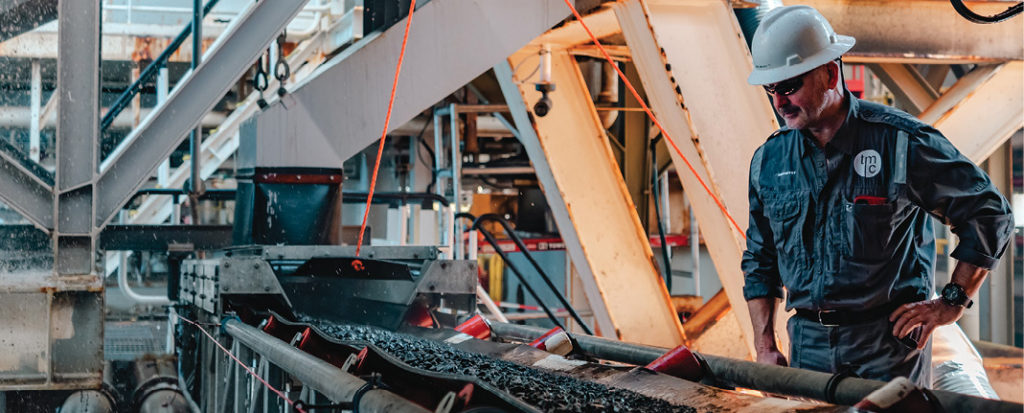
So, Norway announced their moves this year regarding deep sea metal resources, opening their territorial waters for exploration and, pending environmental work, potentially exploitation. Also, Japan has noted that they are going after rare earth metals in seafloor mud in their territorial waters. And of course, China is focused on this aggressively. This has led other countries, even the United States who is not a member of the ISA, to focus on the potential of seafloor polymetallic nodules. There is an increasing cadence of political support within the U.S. Congress for polymetallic nodules and now the U.S. Pentagon, the Department of Defense, is going to have to deliver a report to the House Armed Services Committee on their plans for the processing and refining of polymetallic nodules expected in March 2024.
It is worth mentioning that last year, the U.S. offshore company Transocean, made an investment in the Belgian contractor GSR, and they devoted a Samsung 10000 drillship to that contractor as well to do a collector test in a few years.
CMJ: What are polymetallic nodules? What are the metals/minerals that could be mined from deep sea?
CS: People often think that deep sea mining is all the same. Just like on land, there is a wide spectrum of projects with a wide spectrum of impacts. It is the same thing in the deep ocean. TMC is only pursuing the collection of polymetallic nodules, and they are small potato-sized rocks that sit unattached on top of the seafloor in the abyssal zone. The ones we are focused on are in the abyssal zone of the Pacific Ocean in the CCZ.
These nodules form very slowly over time. They precipitate the metal from the sediment on which they sit, as well as the metals dissolved in the seawater. The nodules that we are focused on in the CCZ have high concentrations of nickel, copper, cobalt, and manganese. Because these nodules are polymetallic, multiple metals, it means our economics are incredibly attractive because the grade of the metals in nickel equivalent is over 3%, and that is much higher than almost any other undeveloped nickel project in the world. In fact, Mining.com for two years in a row, in 2022 and 2023, has ranked TMC’s NORI and TOML projects as number 1 and 2 when it comes to the world’s largest undeveloped nickel projects.
There are other types of deep sea metal resources, such as cobalt crusts and the seafloor massive sulfides. Those are resources that tend to be in shallower waters, the extraction process is different. Whereas nodules are just collected because they are unattached to the seafloor.
Benchmark Mineral Intelligence, a blue chip research firm in this space, has done a life-cycle analysis comparing the impacts of getting nickel, cobalt, and copper from polymetallic nodules versus getting them from typical land-based sources, and what they found is pretty striking: For nickel and copper, in every single impact category they measured, nodules from our first production area NORI-D were the lowest on the scale for every single impact category and that includes roughly a 94% reduction in CO2 per tonne emissions relative to Indonesian nickel laterite RKEF processing. For nickel, we believe this is about as low an impact as one can get, and we think it is important for the world to see this type of information to make an informed decision. Because we are going to need much bigger metal markets, and one option is to pick them up from this seafloor resource at a low touch, and the other option is deforestation and tailings issues. So, this is why polymetallic nodules are incredibly special, and at the end of the day, it all comes back to the grade. We can talk about technology, regulations, or economics, but what drives everything is the grade of the material, and the grade of these polymetallic nodules is extremely high, which means we can move less material to get the same amount of metal. That brings down our environmental impacts. It also brings down our cost of extraction.
We are seeing that there has been a lot of speculation about what the impacts might be, and now I think, as a society, we must move away from speculation and look at the observed impacts from actual research and in-field observed data. Now, we are starting to see that come out, and in-field observed data contradicts a lot of that speculation.
There are some interesting organisms on the abyssal seafloor; there are a lot of interesting creatures. But over 70% of the biomass per square metre is bacteria. The abyssal zone is the ecosystem on the planet with the least life per square metre. Excluding microbial life, this is also the area that planet with one of the lowest levels of biodiversity. This is an abyssal zone that is quite common: covering over 60% of the Earth’s surface, this is the most common ecosystem on the planet and is remarkably similar over wide areas. That means it can effectively be protected through conservation. The ISA already set aside 43% of the CCZ for protection, allowing any of those species a place to live, thrive, and from which they can then re-colonize mined areas. These species will continue to be studied by science, so protecting them through conservation is what we are going to do.
TMC has also contributed more biological occurrences to the Ocean Biodiversity Information System than all other companies combined. Researchers can search this database, download the information, and continue to advance our knowledge on what species are down there.
CMJ: Can you talk to us about your exploration contracts in the Clarion Clipperton Zone? What makes the area so attractive?
CS: The CCZ is extremely attractive because of the types of metals that occur within these nodules. Nodules form in all the world’s oceans, for example, there are nodules west of Australia, but those nodules are iron focused, and they are not worth picking up. The CCZ is special in that the nodules have high concentrations of nickel and copper, both valuable metals, and that is what drives our project’s economics. The reason these nodules form and have high abundance in the CCZ is like the Goldilocks Zone, where all the conditions are right. They happen to form close to the Rockies and the Andes. Both of which have always historically been hotbeds for base metals.
As these nodules form, they precipitate the metal from the sediment and from the seawater, so they grow slowly much like the way a pearl forms. As I mentioned before, the nodules have high concentrations of nickel, copper, cobalt, and manganese, but they are also special because they have a consistent mix of those metals. You can tell how big your resource is because the nodules are sitting there on top of the seafloor. They are not buried underground. Those nodules are sitting on top of the seafloor which can be effectively imaged in addition to sampling.
Across two of our exploration contract areas, NORI and TOML, we have identified resources through technical reports that are compliant with Canadian National Instrument 43-101, and SEC S-K 1300 reporting standards. Across those two resource statements, we have identified 1.6 billion tonnes of these nodules, so the resource is massive. It is extremely scalable and importantly, we can use existing technology and existing offshore assets to collect this resource.
CMJ: Are there other companies that have been issued exploration contracts to mine in this area?
CS: There have been other countries and contractors that have been issued exploration contracts to explore, but none to mine to date. Nobody has been commercially mining in international waters. TMC expects to be the first contractor to begin production of seafloor resources in international waters, and we would expect to begin commercial production around the end of 2025. We estimate that would be a five-year head start on the next contractors who might move into exploitation. That would include GSR, a subsidiary of the DEME company out of Belgium. There are also two contracts in the CCZ held by Chinese contractors, Beijing Pioneering and China Minmetals. The Washington Post did a deep dive on Chinese intentions in international waters with respect to seafloor resources, and why China is pushing ahead to try to dominate this industry, as they have the processing and refining capabilities for metals on land.
CMJ: Can you describe the nodules mining process and some of the obstacles that you face in the field?
CS: The system consists of a ship on the surface connected to a riser pipe that is then connected near the seafloor to a robotic collector vehicle. Think of this like picking up golf balls on a driving range. The collector vehicle goes over the top of the nodules it shoots a jet of water, passing the curved collector head of the vehicle that creates negative pressure and a lift effect. The nodules are gently lifted into the hopper within the collector vehicle, and then they ride up on compressed air 4,200 metres (about half the height of Mount Everest) to the vessel waiting on the surface. From that point, the nodules are then offloaded to a bulk carrier, and that carrier can be brought anywhere to where the processing infrastructure already exists. We proved our processing flowsheet through pilot tests in 2021 which was developed with Canadian engineering firm: Hatch. We have announced a binding MoU to perform pre-feasibility work on processing nodules in Japan with Pacific Metals, or PAMCO. They have an existing rotary kiln electric arc furnace line, or RKEF, which is expected to require no capex from TMC and minimal modifications, that is ready to accept the nodules from the first production vessel provided by our partner and shareholder Allseas for our exclusive use. Thus, we can take advantage of existing assets to process the nodules.
CMJ: How does the future look like for deep mining and for TMC?
CS: The future for both deep mining and TMC looks very bright. We are at an interesting stage here, where perception takes a little bit longer to catch up. But the actual data, the reality of what nodule collection is, and what it can mean for the clean transition, is clear. We are already convinced that this is one of the key answers to how the world can decarbonize, and we are pleased to be at the forefront of this new industry. Taking a step back, this feels like the oil and gas industry in 1960, where 0% of production once came offshore and then very quickly, one third of production came offshore. We think it will be a comparable situation in terms of seafloor metal resources, and we are excited at the chance to be the first ones through the door.
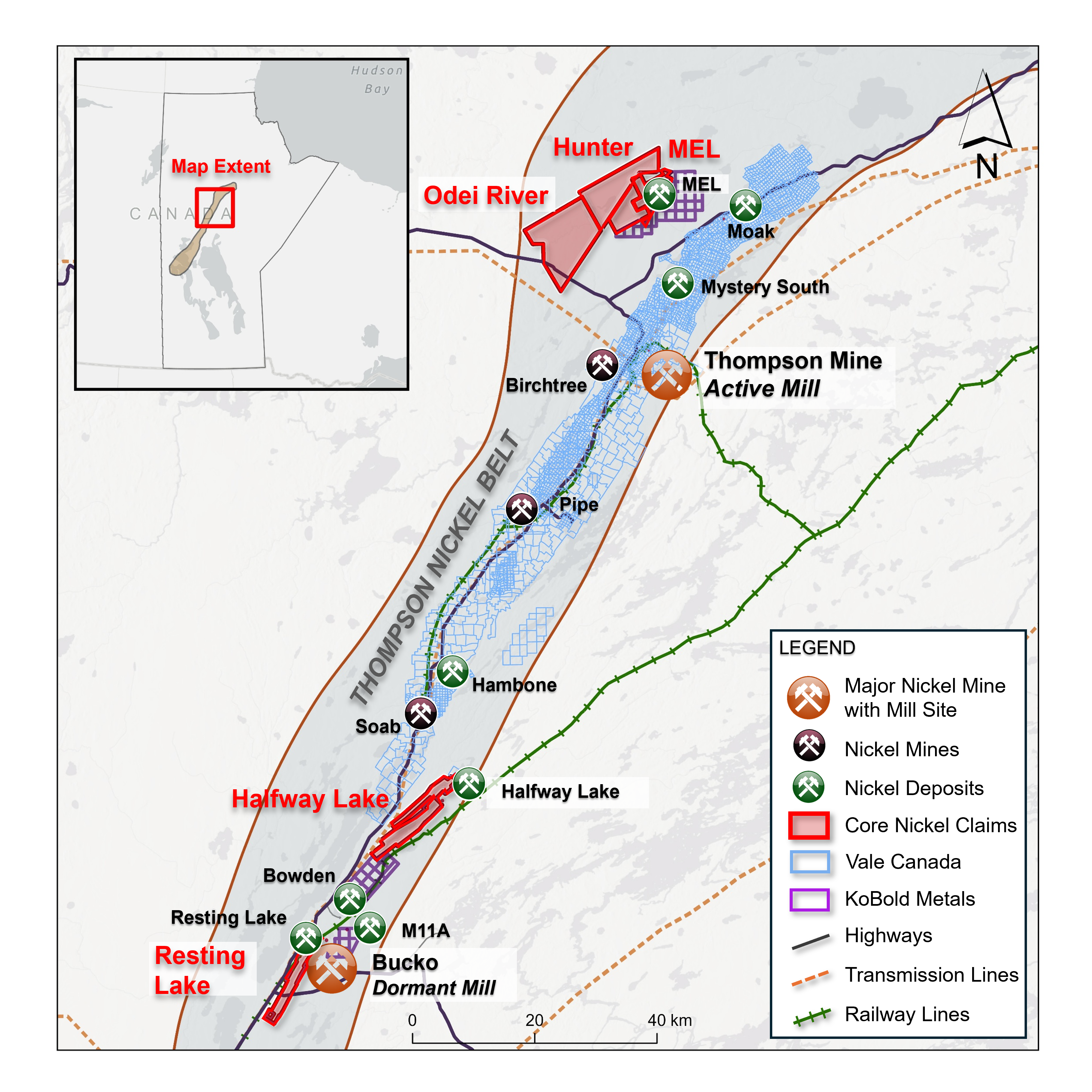
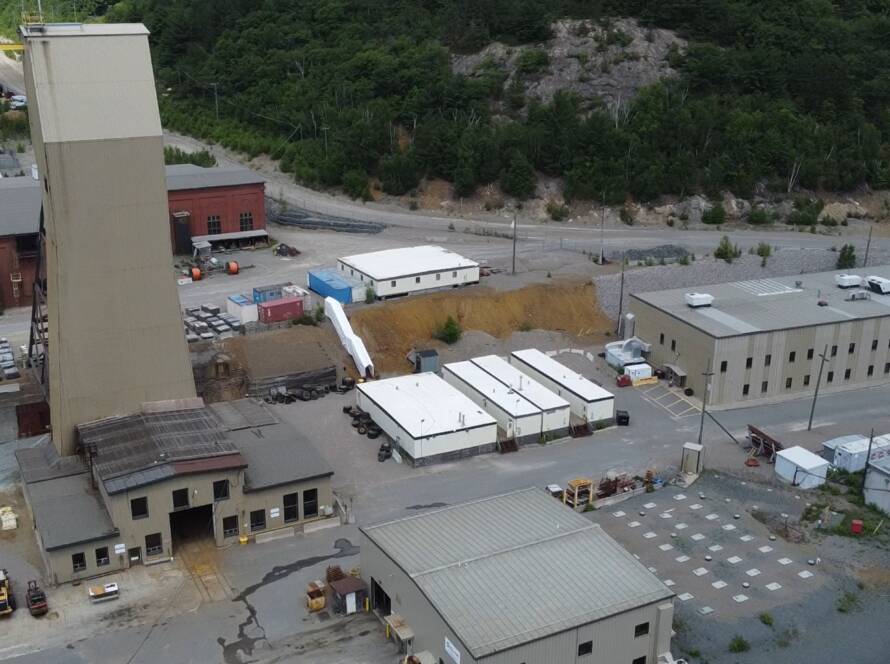
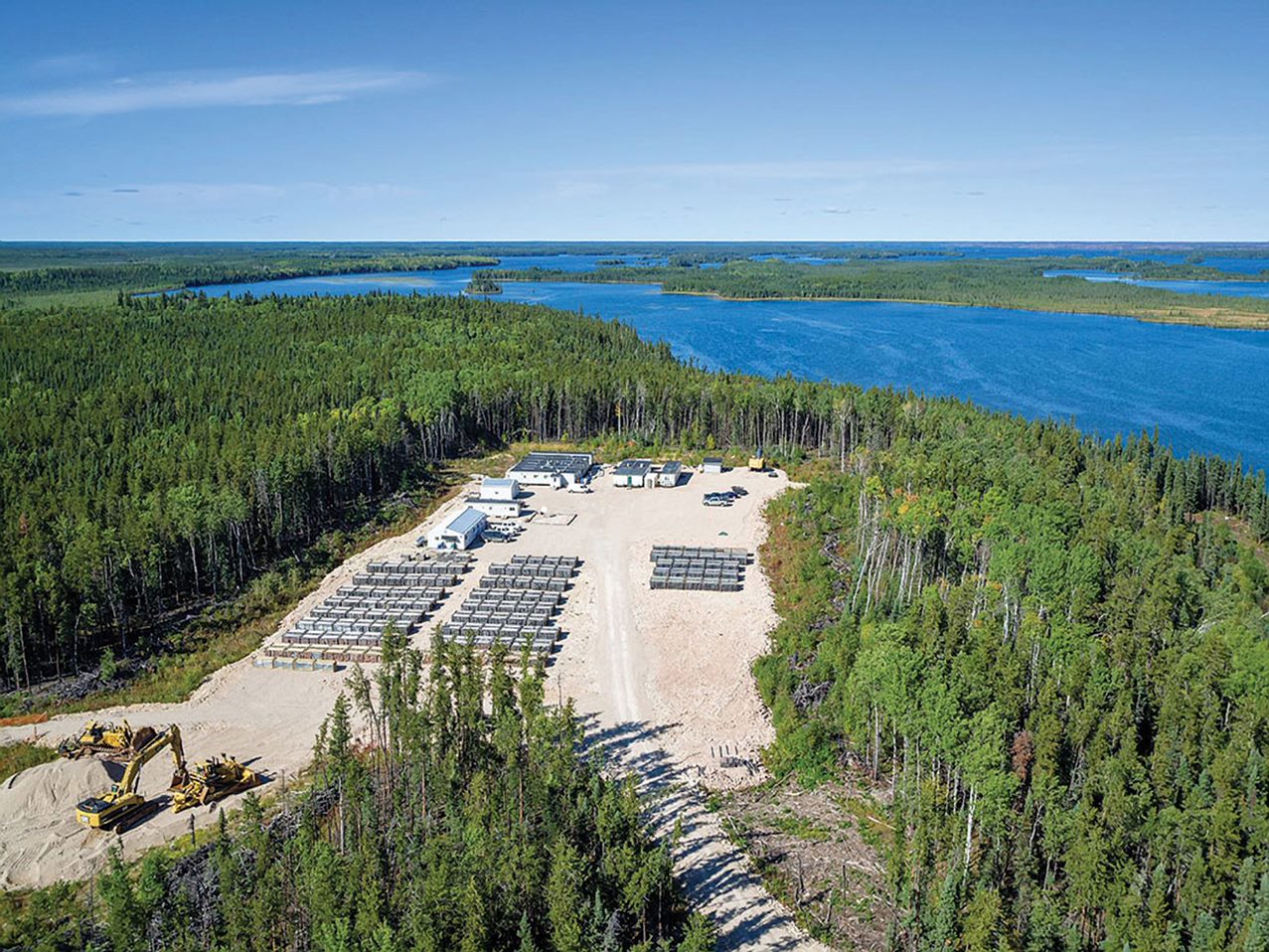
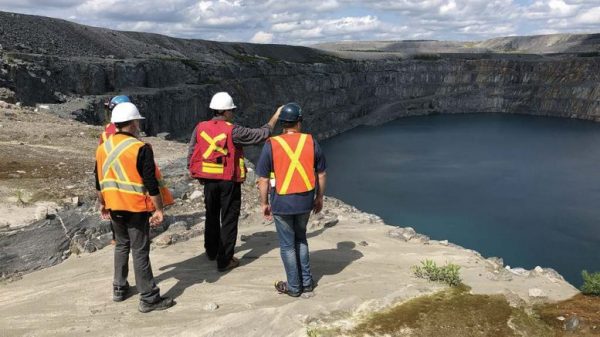

Comments